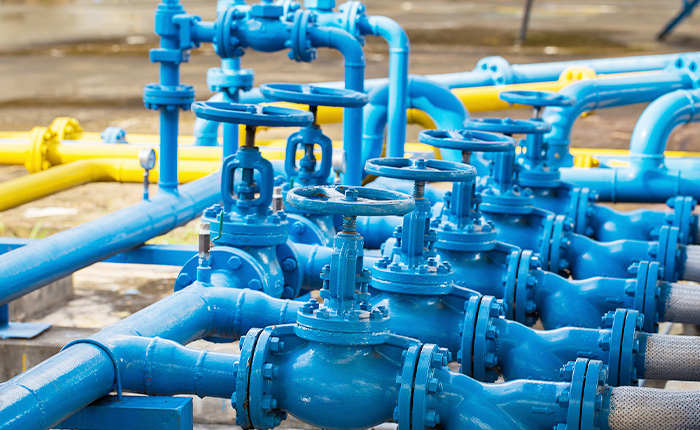Sep . 19, 2024 11:28 Back to list
safety check valve
Understanding Safety Check Valves A Crucial Component for System Integrity
Safety check valves play a vital role in ensuring the integrity and reliability of various fluid systems across multiple industries. These mechanical devices are designed to prevent backflow and maintain the direction of fluid flow, thereby protecting equipment and maintaining safety in operations.
At the core of a safety check valve's function is its ability to automatically close in the event of reverse flow. This is typically achieved through the use of a swing or lift disc mechanism, which relies on gravity or fluid pressure to return to a seated position, effectively stopping any backward movement of fluid. The importance of this functionality cannot be understated, especially in applications such as water treatment plants, chemical processing facilities, and oil and gas operations, where reverse flow can lead to system contamination, equipment damage, or catastrophic failures.
One of the key benefits of using safety check valves is their ability to reduce the risk of cross-contamination in pipelines. For instance, in potable water systems, if a break occurs in the supply line, the backflow could introduce harmful contaminants into the clean water supply. By installing check valves, such risks can be mitigated, ensuring that the integrity of the water supply is maintained.
Safety check valves also contribute to the overall efficiency of fluid systems. In many applications, they help maintain the right pressure levels by preventing backflow, which can otherwise lead to pressure fluctuations. This is particularly important in systems handling sensitive materials or where precise flow rates are necessary for optimal operation.
safety check valve

When selecting a safety check valve, several factors should be considered. First, the material of the valve must be compatible with the fluid being handled to prevent corrosion and ensure longevity. Common materials include brass, stainless steel, and various types of plastics, each suited to specific applications. Additionally, the pressure rating and size of the valve must match the system's requirements to ensure proper function and safety.
Installation practices are equally important as the valve selection. Properly sizing the valve and installing it in the correct orientation ensures optimal performance. Common practice dictates placing check valves in horizontal pipelines, though some designs allow for vertical installations. Following manufacturer guidelines during installation is crucial to avoid malfunctions that could compromise safety.
Regular maintenance and inspection are also essential for the reliability of safety check valves. Over time, debris and wear can affect their function, leading to potential failure points in the system. Routine checks should include ensuring that the valves are free from obstructions, inspecting sealing surfaces for wear, and testing their operation under simulated conditions.
In conclusion, safety check valves are indispensable components in fluid systems, providing essential protection against backflow and cross-contamination. Their proper selection, installation, and maintenance are vital to ensuring the safety and efficiency of operations across various industries. As technology continues to evolve, the design and materials used in these critical devices are likely to improve, further enhancing their reliability and effectiveness.
-
Why Metric Trapezoidal Thread is Ideal for Precision Motion ControlNewsAug.05,2025
-
The Unique Properties of a Block of Granite for Industrial UseNewsAug.05,2025
-
The Role of Flanged Y Strainers in Preventing Pipeline ClogsNewsAug.05,2025
-
The Importance of Regular Calibration for Master Ring GagesNewsAug.05,2025
-
How a Cast Iron Surface Table Enhances Accuracy in ManufacturingNewsAug.05,2025
-
Comparing Different Check Valve Types for Optimal Flow ControlNewsAug.05,2025
Related PRODUCTS









